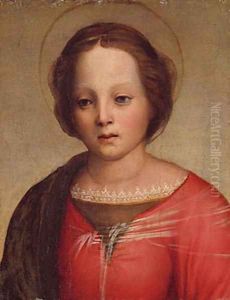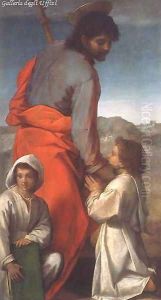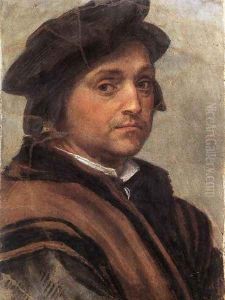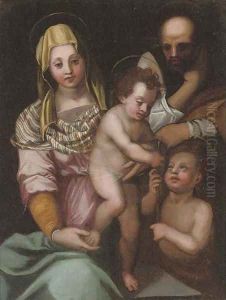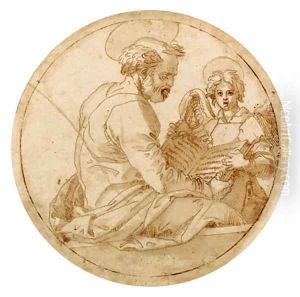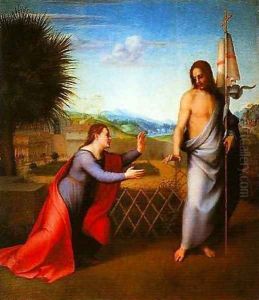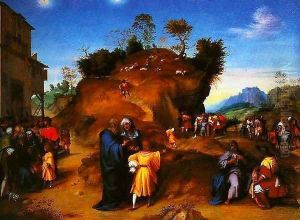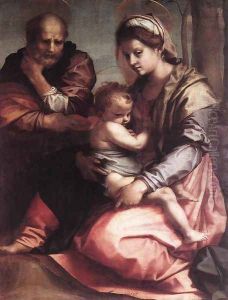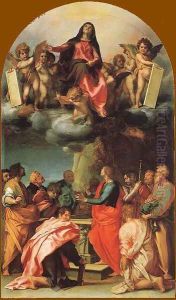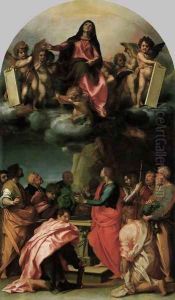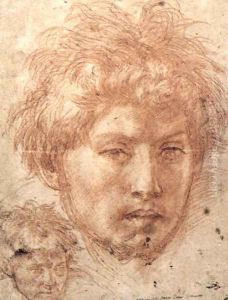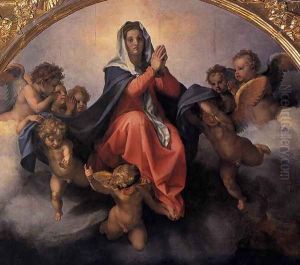Andrea Del Sarto Paintings
Andrea del Sarto, born Andrea d'Agnolo di Francesco di Luca di Paolo del Migliore in Florence, Italy, was an Italian painter from the High Renaissance. His contributions to art are often overshadowed by the brilliance of his contemporaries, such as Michelangelo, Leonardo da Vinci, and Raphael, but del Sarto's work is renowned for its beauty, refined technique, and the emotional depth of its subjects.
Del Sarto initially trained with a goldsmith but soon apprenticed under the painter Piero di Cosimo. Later, he worked alongside Franciabigio, with whom he developed a close partnership, influencing each other's styles and techniques. His early works are noted for their realism and attention to detail, characteristics that would define his entire oeuvre.
In 1511, del Sarto was commissioned to paint a series of frescoes for the monastery of San Salvi in Florence, which included the celebrated 'Last Supper,' a masterpiece of composition and perspective. His reputation grew, and he received commissions from the most prestigious patrons of his time, including the Medici family. Despite his success, del Sarto's personal life was marked by financial difficulties, partly due to his generosity towards his friends and family, especially his wife, Lucrezia del Fede, whom he married in 1518 and frequently used as a model for his paintings.
Del Sarto's style is characterized by its serene and harmonious qualities, combining the best elements of his predecessors and contemporaries. He was a master of chiaroscuro and had a remarkable ability to convey soft, almost ethereal lighting in his paintings. His religious works, portraits, and frescoes are marked by their detailed execution and the psychological depth of their characters.
Despite the high demand for his works in France, del Sarto returned to Florence, where he continued to work until his untimely death from the plague in 1530. Andrea del Sarto left behind a significant body of work that had a lasting impact on the development of European painting, influencing later artists like Pontormo and Bronzino, who were among his pupils. His legacy is that of an artist who, despite living in the shadow of giants, managed to carve out his own distinct and enduring place in the history of art.




